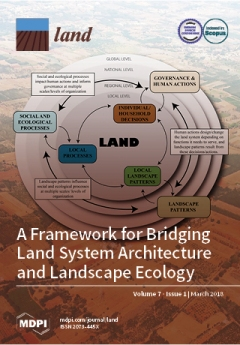Reasons for an outstanding plant diversity in the tropical Andes of Southern Ecuador
Long-term field studies in the scope of a multidisciplinary project in southern Ecuador revealed extraordinary high species
numbers of many organismic groups. This article discusses reasons for the outstanding vascular plant diversity using a
hierarchical scale-oriented top-down approach (Grüninger 2005), from the global scale to the local microscale. The global
scale explains general (paleo-) ecological factors valid for most parts of the humid tropics, addressing various hypotheses


